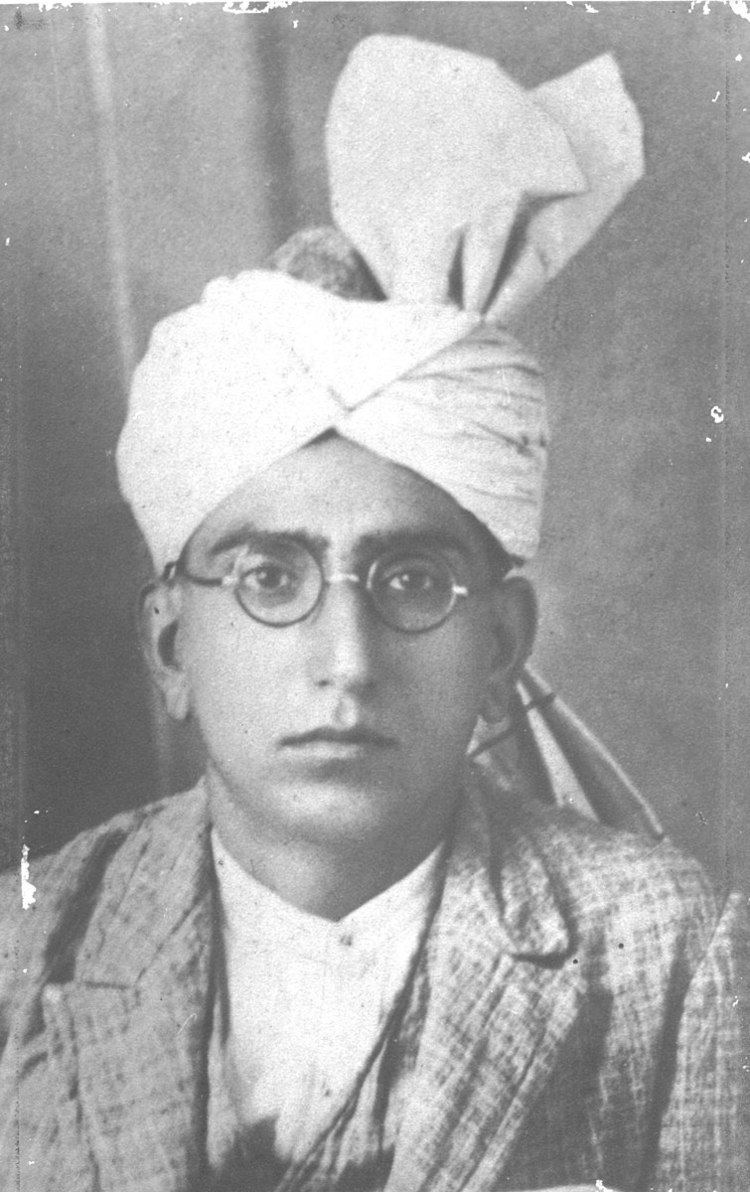 | ||
Peshawari turban, also Peshawari pagri or Peshawari lungee (Pashto: پېښورۍ لونګۍ), is the traditional Pashtun-style turban worn in Peshawar and its surrounding region. It is traditionally worn not only by the Muslims, but was also used by the local Hindu community.
It is a two-piece headgear. One piece is a dome-shaped hard cap or kulla, generally embroidered with golden thread. The other piece, called lungi, consists of a long and narrow piece of cotton cloth (not to be confused with a waist cloth wrapped in some regions). It has a fan-shaped turra (crest) and a tail termed shamla.
Subhas Chandra Bose had used a Peshawari turban to disguise himself as a Pathan in 1941 to flee from the British territory.
During the British rule a similar turban was part of the dress for some government peons.
Pagri in ancient Gandhara
Wearing a turban was common in ancient Gandhara as well in other part of India (see Pagri in Ancient India). See the gallery of images below. Most of them are from the Kushana period. During centuries the Kushana has changed into the name of the traditional Pashtun-style turban. In the ancient Gandhara turban, the turra was in the center, behind a kalgi ornament.
In the ancient Gandhara turban, the turra was in the center, behind a kalgi ornament.
